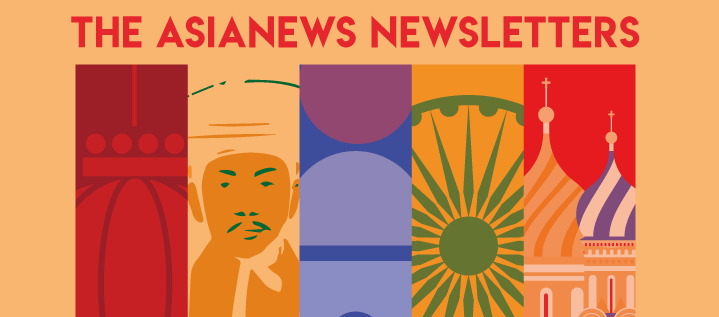The agreement between Kyrgyz and Tajiks-sealed by the embrace between Žaparov and Rakhmon-affects as much as 1,000 kilometers of border and and comes after discussions and clashes dating back to the twentieth century, when both states were under Moscow's control. As recently as three years ago, armed clashes had occurred with several casualties on both sides.
President Rakhmon has reinserted Tirgon, the ‘rain festival’ which according to tradition took place on the longest day of the year, a tradition linked to local epics, but which today takes on a new meaning in the fight against the drying up of rivers and basins throughout Central Asia.
During Ramadan, the forces of order are deployed in force around Islamic places of worship, where the ‘official’ imams do not tolerate any form of dissent towards President Berdymukhamedov. But the increasingly widespread ‘danger’ is the theft of shoes, which forces many worshippers to return home barefoot.
Every year a festival is dedicated to the kalpak, the typical white double-pointed headdress of the Kyrgyz people. Its shape is reminiscent of the snow-capped peaks of the country's mountain ranges. A symbol of dignity, wisdom and honour, according to tradition it cannot be thrown away or even donated or sold to others: it can only be passed on to one's descendants.
As expected, the party of Emomali Rakhmon, who has been at the helm of the country since 1994, obtained an absolute majority and only parties controlled by the president entered parliament. Despite the regime's clearly repressive nature, there are no international sanctions against Tajikistan, confirming the feeling that the ruling caste in Dushanbe is untouchable.
Markets, palaces, buildings and thousands of hectares of land: after the clashes of January 2022, their power was formally stripped of all honor, but a long list of assets that should have been requisitioned are still firmly in the hands of the family that dominated “old Kazakhstan”.












